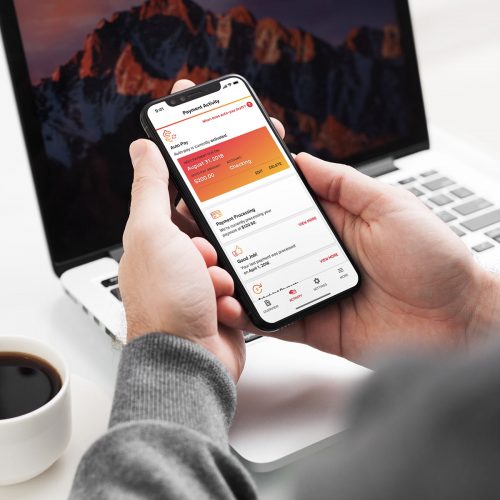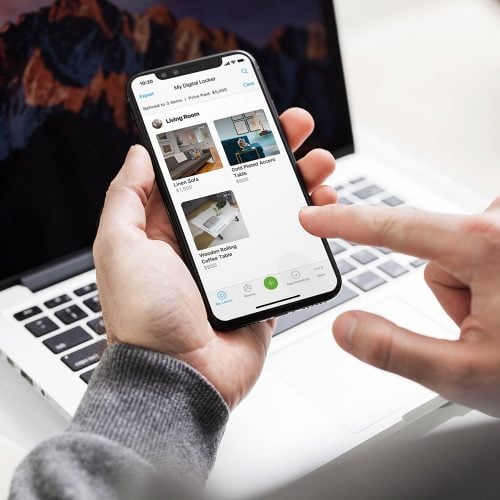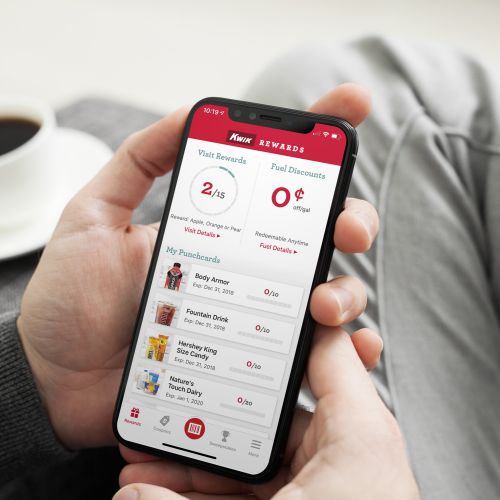Methodology
Rapid iterative prototyping forms the core of Punchkick’s design philosophy.
It sounds complicated, but the execution is straightforward: Using data gathered from your design requirements and initial user feedback, we create a simple, streamlined prototype. This prototype allows your teams and potential users to offer feedback about what works, what doesn’t and what’s missing. Using that data, we create a second version — then a third, fourth, fifth as necessary — in rapid succession to identify your ideal design.
This is iterative design with rapid prototyping — minimal cost and resource investment make it possible to rapidly create new prototype versions, with each version incorporating feedback from previous builds to deliver steady, incremental progress.
Discover and Generate
Iterative design research starts by interviewing seven potential end users to investigate their behaviors, needs, expectations, and pain points. We’ll uncover user workflows and what improvements are needed to make your product a more complete and effective tool than its competitors.
Evaluate and Validate
In round two, Punchkick presents seven more end users with low- to mid-fidelity wireframes and mockups based on insights derived from preliminary interviews. Round two is intended to gain an understanding of where initial design hypotheses fall short of expectations, where alterations are needed, how copy is perceived, and the effectiveness of the information architecture within your digital solution.
Iterate and Refine
In the final round of seven interviews we’ll refine validated design and UX decisions. End users are presented with an interactive, high-fidelity prototype iteration created based on data and learnings accrued in preceding rounds of iterative research.
Results
A vetted, validated, and refined digital product designed not only for your end users, but with them. This process not only ensures a polished digital product, but also breeds word-of-mouth evangelists within your end user base.
Why It Works
Iterative design research and rapid prototyping is focused on reducing long-term costs, moving quickly, and getting your user experience (UX) and user interface (UI) right the first time. Rather than jumping straight into hard coding, which can cost thousands to fix if the solution misses the mark, this type of user research generates product ideas, rigorously validates those ideas, and nimbly adjusts design, UI, and UX decisions based on what we uncover.
Deliverables
- All interview recordings
- Interview digest—contains an outline of main areas of inquiry, and a summary of interview findings
- Punchkick’s strategic analysis of interview results, including what was changed, added, or been abandoned based on those findings
- In-person presentation of deliverables
The iterative design process aligns with evolving user expectations: Applications must continuously improve to deliver engagement and meet users where they expect to be met.
Our rapid iterative prototyping approach saves your business time and money while delivering consistent, measurable improvement—helping businesses connect with their communities and take up the mantle of digital and mobile leadership.
Build quickly. Build iteratively. Build better with Punchkick.



